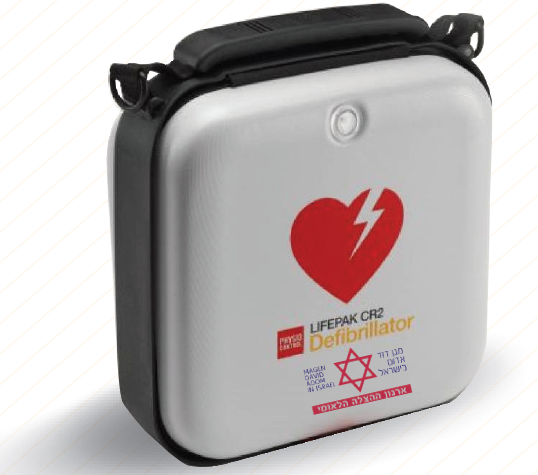

If I’ll be speaking fluent Arabic soon, it’s going to be thanks to Ismael. He has taught me new Arabic words such as “hot” = hama, “cold”= bared, and “hurt” = woja. We have had conversations about politics, and I was fascinated to find out he votes Meretz, as I had expected him to say the Joint Arab List. Each time I insert a new Arabic word into our conversations, he immediately becomes ecstatic. I greet him every time with “marhaba!” and comment “mumtaz!” whenever I am impressed with something. One of my favorite drivers, Ismael, is helping me improve my Arabic.
#Magen david adom preferential treatment drivers#
Indeed, many of my drivers in MDA are Arab-Israeli citizens. He sees all the curious faces on the train looking in the Muslim’s direction, and decides to play it safe: He takes out his phone, puts it to his ear and quietly begins mumbling “Ashrei yoshvei veitekha…” At midday, the Muslim took out a prayer mat and began reciting out loud “la ilaha illa llah (There is no deity but Allah) Muhammadur rasulullah (Muhammad is the messenger of Allah).” The Jew suddenly is reminded it is time for his afternoon prayer, Mincha. It also reminded me of the joke: A Muslim and a Jew were on a train ride together. While only a funny remark that lightened up the atmosphere, it’s a harbinger of the potential goodhearted coexistence that can happen in this land between Jews and Arabs. At the end of one of my shifts, one of the drivers of the next shift, Ahmad, began getting ready for the afternoon prayer- which prompted the Jewish paramedic on shift with him to say: “If you need, I have tefillin.”:) One of our patients was a weak, old man who had nausea, and while in the ambulance his wife began recounting her life story: how she was hidden in cabinets as a baby in World War II, and then lived in a ma’abara (immigrant and refugee absorption camp) in the 1950s, got married at 18 and had her first child at 19.Īs a kur hituch, MDA has allowed me to see the unique racial and ethnic dynamics present in mixed Arab-Israeli cities such as Haifa. Taking her to Rambam Hospital in Haifa, I noticed that most doctors there were Russian or Arab, depicting further the melting pot nature of Israel.įurthermore, I get to hear inspiring stories from everyday citizens. Being conscious but not responding signified that her condition is likely neurological, and her droopy face was a prime indicator of a stroke. For example, one of the patients was breathing and conscious but not responding and her face was droopy. In my first MICU shift I witnessed the processes of diagnosing and assessing a patient’s condition using inductive and deductive reasoning. In Israel, in order to preserve resources ambulances are separated into yellow and white ambulances- yellow, called MICUs (mobile intensive care units), carry advanced life support equipment and are sent to emergency cases, while white ones only carry basic life support equipment and are sent to non-emergency cases. Cleaning the White Ambulance (Photo Courtesy Abigail Leibowitz)


 0 kommentar(er)
0 kommentar(er)
